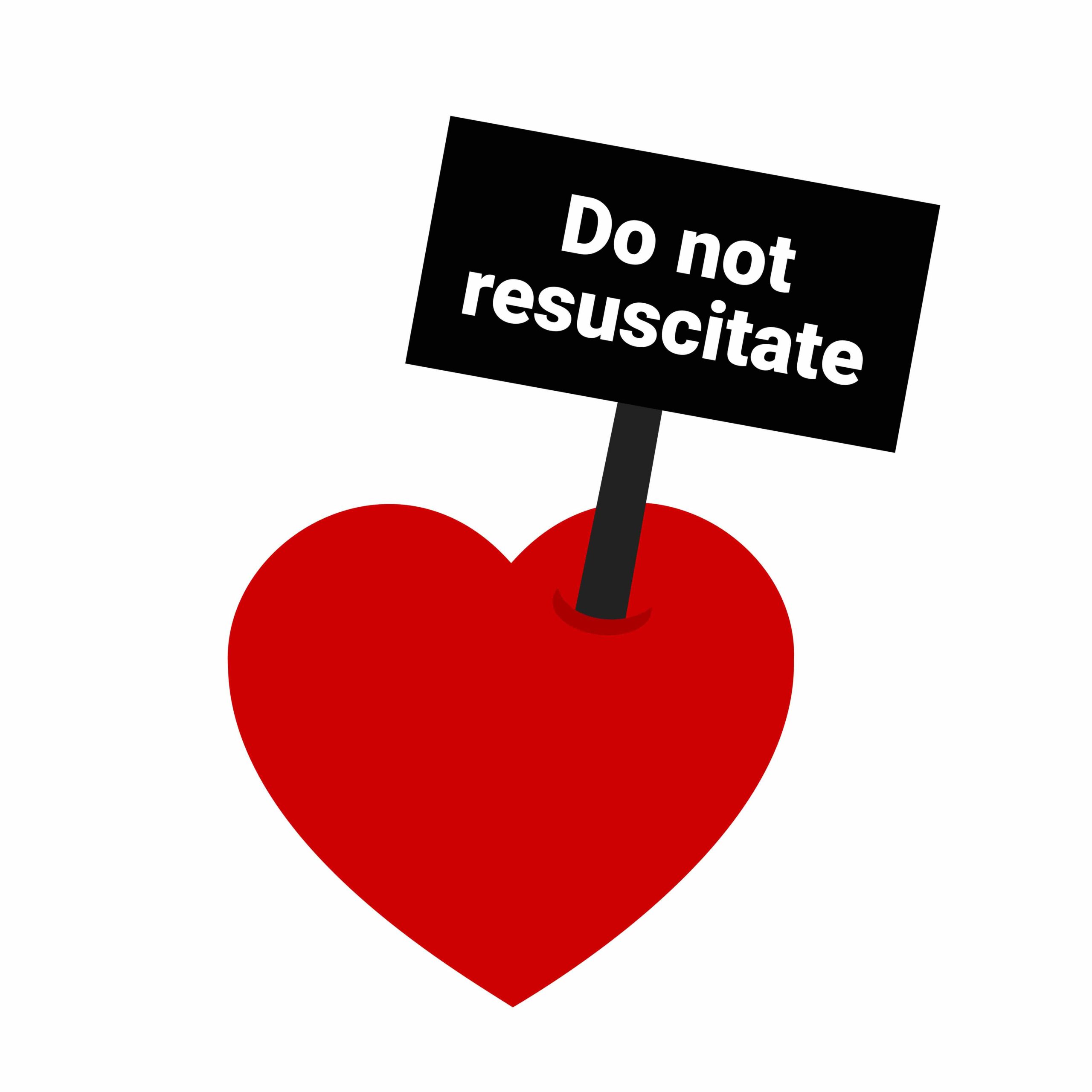Last week, the royal commission into aged care quality and safety addressed dying in an aged care home. It is clear that a good death in an aged care home requires a sufficient number of competent and qualified staff.
A friend’s mother died in excruciating pain because there was not a registered nurse on duty overnight. Without a registered nurse on duty, there was no one qualified to administer morphine. My friend was so traumatised by her mother’s agony that she could not remain at the bedside to hold her mother’s hand.
Towards the end of my mum’s life, only the most experienced staff were able to provide adequate care. Personal care attendants (PCAs) with minimal training did not have the required clinical skills to provide care for a dying woman. For two months, I sat at my mother’s bedside to protect her from inflexible routines and policies. I ensured she slept as long as she needed, and ate when (and if) she wanted.
Some PCAs, many of whom were caring people, provided thoughtless task-oriented care. On one occasion, a PCA came to mum’s room around 8am to change her night incontinence pad. Mum was sound asleep. I asked the PCA to let her sleep and to change the incontinence pad when she woke up. She replied: “It is policy. She must have a day incontinence pad because it is day time.” I questioned this so-called policy, and the PCA replied: “I just work here. I do what I am told.”
Soon after this incident, I received an email from the manager. She asked me to stop interfering with Mum’s care. I refused to budge because I did not have confidence that staff could provide the care my mum required.
Recently, a woman contacted me because a 94-year-old woman was resuscitated in an aged care home despite having an advanced care plan stipulating Do Not Resuscitate. Rather than die peacefully after breakfast, this woman had a slow and painful death in a hospital palliative care unit.
Although residents and their families are encouraged to make advanced directives to state their wishes for end-of-life medical care, these advanced directives are meaningless unless health care professionals respect an older person’s wishes.
Aged care homes require policies to ensure residents are not resuscitated against their wishes. Managers must ensure direct care staff on each shift know which residents are, and are not, for resuscitation. Each handover sheet should identify residents who have documented Do Not Resuscitate in their advanced care plan. This is particularly important for agency staff.
A few years ago, I arrived at an aged care home to find a fire truck, 2 Mobile Intensive Care Unit Ambulances (MICA), a paramedic motorcycle and an ordinary ambulance. All these flashing lights heralded the death of a resident. This resident had expressed a wish not to be resuscitated.
When Ambulance Victoria receives a 000 call from an aged care home, their first question should be: “Does the resident have ‘Do not resuscitate’ in their advanced care plan?”
A doctor once told his colleagues that, when he reached a certain age, he would have “NOT FOR RESUSCITATION” tattooed on his chest. This would undoubtedly guarantee his wishes were respected.
Currently, residents in aged care homes must ‘opt out’ of resuscitation. They do this by indicating Not for Resuscitation in their advanced care plan and advanced care directive. It may be more appropriate to make cardiopulmonary resuscitation an “opt in” for residents in all aged care homes. Only those residents who choose to be resuscitated will be. Others will be allowed a dignified death.
